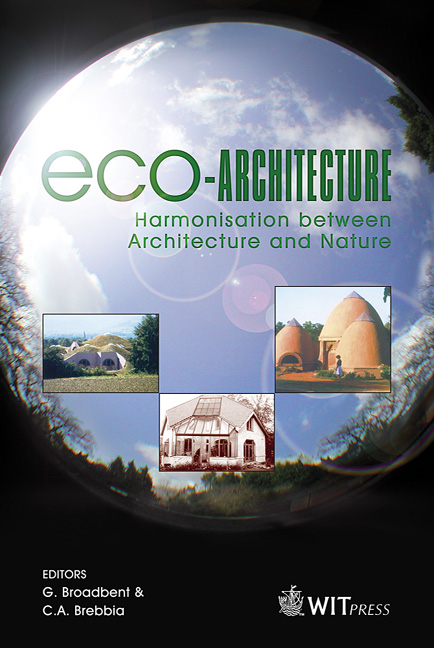Heteronomy And (un)sustainability Of Essential Technical Infrastructures
Price
Free (open access)
Transaction
Volume
86
Pages
10
Published
2006
Size
276 kb
Paper DOI
10.2495/ARC060311
Copyright
WIT Press
Author(s)
A. van Timmeren
Abstract
The methods and techniques applied in present-day essential infrastructures for energy and sanitation supply may be considered traditional and driven by the separation and centralization paradigm. There is physical expansion and this is a structural phenomenon because of globalization combined with the liberalization of the energy market and – to a lesser extent – the solid-waste market. Moreover, there is growing heteronomy of the essential utilities, particularly energy and sanitation. There is a considerable increase in the electrification of society. For solutions to new or existing problems, technological development is following the \“roads present”: the existing paradigm. Strict rules and regulations often make this necessary. Changes, innovations or adaptations within these essential (infra)structures follow the principles of the quasi-evolutionary model, while during the last few years developments have more and more arisen from the endogeneous point of view and a certain kind of \“techno-fix” cannot be denied. Little or nothing is done about the underlying causes of the environmental problems, whereas unforeseen side effects occur, e.g. a large amount of strongly polluted sludge in waste water treatment. Many relevant participants do not seem to realize that other, more sustainable alternatives can be found by abandoning the specific characteristics of the traditional paradigms rather than following them. This paper emphasises the potentials for sustainability and resilience in case of a reciprocal relation between centralized and decentralized systems and the interconnection of energy, waste and wastewater solutions. Keywords: heteronomy, infrastructures, autonomy, integration strategy.
Keywords
heteronomy, infrastructures, autonomy, integration strategy.





